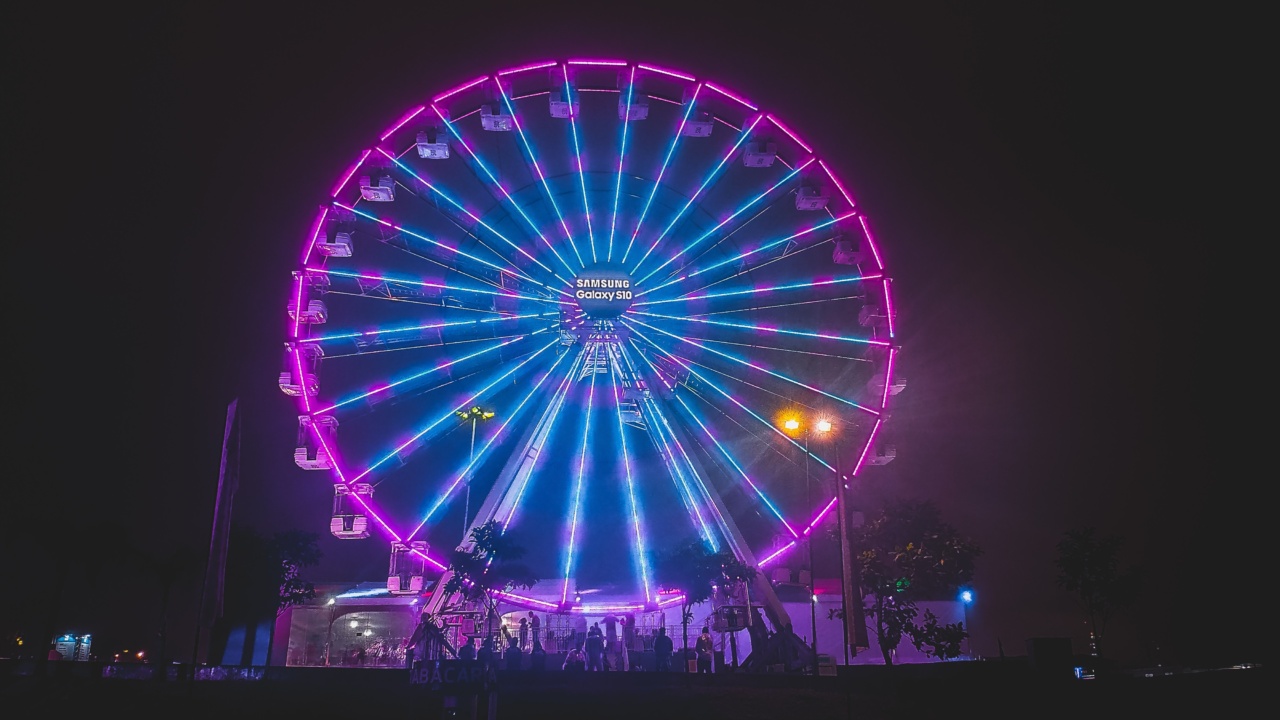High and low blood pressure (BP) are medical conditions that occur when the force of blood flowing through the arteries is too high or too low.
Blood pressure is the measurement of the amount of pressure that the blood puts on the walls of the arteries as it flows through them. The normal blood pressure range for an adult is 120/80 mmHg. Knowing the symptoms of high and low pressure can help you manage your health and seek medical attention when needed.
Symptoms of High Blood Pressure
High blood pressure, also known as hypertension, is a common medical condition that affects millions of people worldwide.
It is typically a result of an unhealthy lifestyle, including a poor diet, lack of exercise, smoking, and excessive alcohol consumption. There are usually no obvious symptoms of high blood pressure. However, some people may experience:.
Headaches
Headaches are one of the most common symptoms of high blood pressure. They are usually located in the back of the head, and may become more intense as the day progresses. The headaches may also be accompanied by dizziness and blurred vision.
Chest Pain
Chest pain is another common symptom of high blood pressure. The pain can be severe, and is usually located behind the breastbone. It may also spread to the neck, jaw, and shoulders. If you experience chest pain, seek medical attention immediately.
Difficulty Breathing
If your breathing becomes labored or you feel short of breath, this could be a symptom of high blood pressure. This occurs when the blood vessels in the lungs become constricted due to high blood pressure.
If you experience difficulty breathing, seek medical attention immediately.
Fatigue
Chronic fatigue is another symptom of high blood pressure. If you feel tired all the time, despite getting enough sleep, you may have high blood pressure.
This is because the heart has to work harder to pump blood when blood pressure is high, which can cause fatigue.
Symptoms of Low Blood Pressure
Low blood pressure, also known as hypotension, is a medical condition that occurs when the force of blood flowing through the arteries is too low.
This can cause insufficient blood supply to the organs including the brain, which can lead to fainting or shock. Symptoms of low blood pressure may include:.
Dizziness
Dizziness is the most common symptom of low blood pressure. This occurs when there is a sudden drop in blood pressure, which can cause a feeling of lightheadedness or fainting.
Nausea
Nausea is another common symptom of low blood pressure. It can occur when there is a lack of blood supply to the stomach and digestive system, which can result in abdominal discomfort and nausea.
Blurry Vision
Blurry vision is a less common symptom of low blood pressure. It typically occurs when there is a lack of blood supply to the eyes, which can result in vision changes or temporary blindness.
If you experience blurry vision, seek medical attention immediately.
Fainting
Fainting is a severe symptom of low blood pressure. This occurs when there is a sudden drop in blood pressure, which can cause a temporary loss of consciousness. If you experience fainting, seek medical attention immediately.
Conclusion
High and low blood pressure are treatable medical conditions that can be managed with proper care and attention.
While some symptoms of high and low pressure may not be immediately obvious, knowing what to watch for can help you seek medical attention when needed. If you experience any of these symptoms, or have concerns about your blood pressure, speak with your physician or healthcare provider.






























